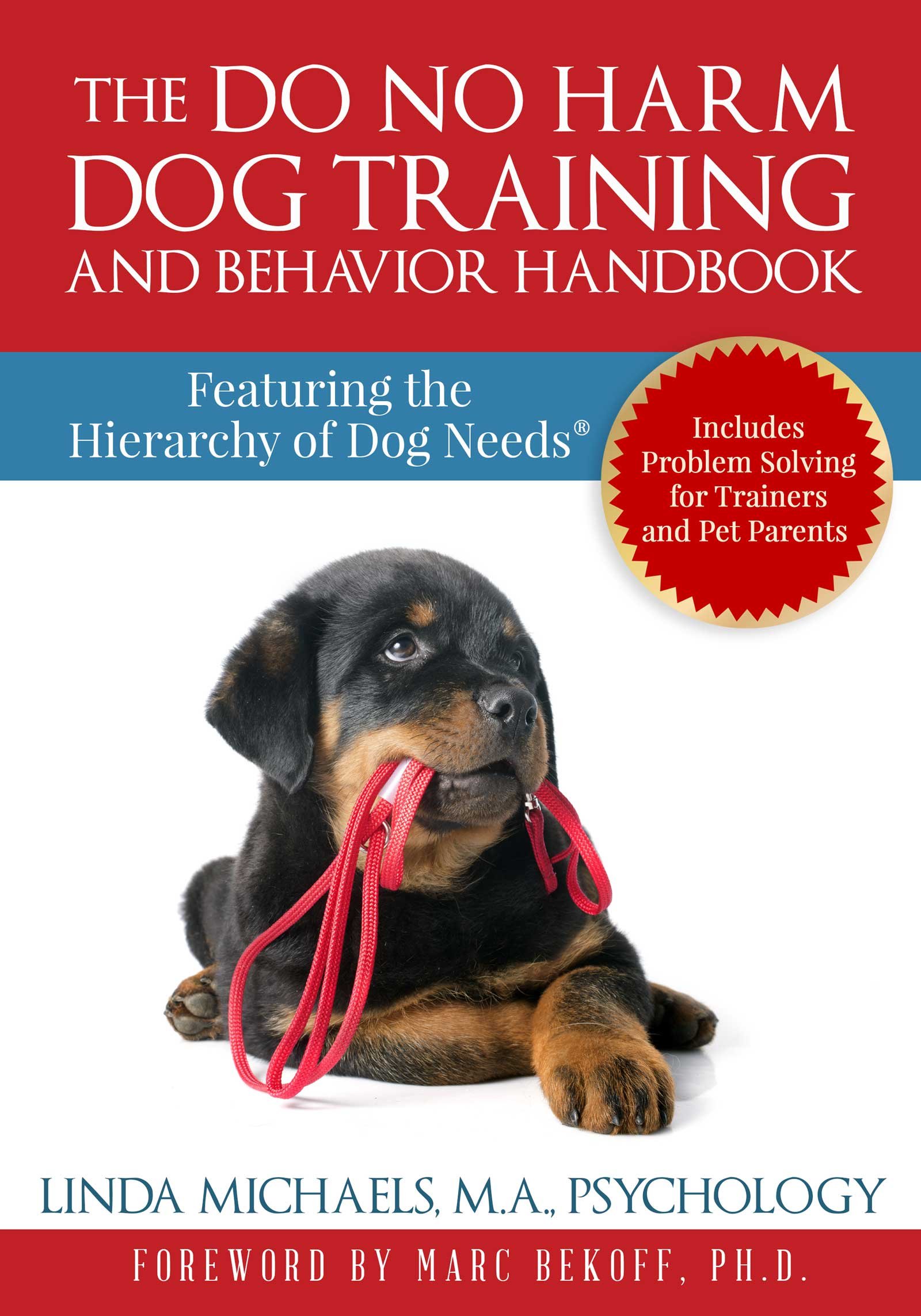Animal Abuse Masquerading as Dog Training
The unregulated field of dog training makes it possible for anyone to promote themselves as an expert and sell training services without a “do no harm” ethic. “First, do no harm” is the ethical code and foundation of professional organizations that interact with sentient beings, that is, with creatures who have the capacity to experience feelings (such as fear) and sensations (such as pain). The untenable and sad state of affairs in the dog training “industry” has led to animal abuse, often behind closed doors, by individuals who shock, prong, choke, dominate, and use other forms of pain and fear to gain “compliance” from animals while largely ignoring the cost to the physical and emotional well-being of the animal.
Choking dogs is not training. Beating dogs is not training. Shocking dogs is not training. Inciting fear in dogs is not training. Dominance methods and devices are likely to incite aggression and choking/hanging restrict the airway and the ability to breath. Striking a dog on the head is likely to cause tissue injury, at a minimum, and to incite, not “cure” aggression. Domination by humans commonly worsens aggression in dogs, as the Chief Editor of the Journal of Veterinary Behavior, Dr. K. Overall, DVM and PhD in animal behavior, explains, “Punishment makes animals more reactive, so it increases aggression and arousal. Any animal that was already aggressive will become worse when punished…” (Overall, 2006.)
Earning a master’s degree in behavior modification, specializing in the treatment of aggression and working with wolfdogs, I maintain that there is never a justification to cause harm to a dog—who we should be caretaking—in the name of “training”. Giant breeds, aggressive dogs, or non-compliant dogs deserve and require the application of force-free methods, just as any other dog, to uncover and treat the underlying drive for the unwanted behavior. Suppressing aggressive behavior with force is practiced by those who have little understanding or knowledge of dog behavior, but who may unfortunately own successful businesses as a result of the massive amount of prevailing misinformation concerning dog behavior and a desire for a superficial “quick fix” to satisfy a customer and earn money under the LIMA standard of conduct.
The highly regarded and influential American Veterinary Society of Animal Behavior (2021b) Position Statement on Humane Training takes an outspoken and principled stand on equipment and techniques that should be avoided in dog training. They report, “An appropriate trainer should avoid any use of training tools that involve pain (choke chains, prong collars, or electronic shock collars), intimidation … shouting, staring, or forceful manipulations such as “alpha rolls” or “dominance downs”), physical correction techniques (leash jerking, physical force), or flooding (“exposure”). The learner must always feel safe and have the ability to “opt out” of training sessions.” (p. 2)
There is a rich, substantial body of scientific evidence supporting these statements. We look to our animal welfare courts, legislators, regulators and licensing agencies, to strengthen our laws, to hold animal abusers accountable, to seek transparency, and to insist upon competence for anyone interacting with sentient creatures in the name of dog training.
References:
American Veterinary Society of Animal Behavior (AVSAB). (2021). Position statement on humane dog training: What techniques should be avoided in training? https://avsab.org/resources/position-statements/
Overall, K., et al. (2006). Good Trainers: How to identify one and why this is important to your practice of veterinary medicine. Journal of Veterinary Behavior, 1, 47-52.
Linda Michaels, M.A., Experimental Psychology (w Hons)
Research conducted in Behavioral Neurobiology
Certified Veterinary Assistant
Pet Certified Trainer—Accredited (PCT-A), Pet Professional Guild
Learn more about scientific material supporting force free training in The Do No Harm Dog Training and Behavior Handbook. Dive deep into dog nutrition, care and treatment for behavioral issues in this acclaimed best seller!


